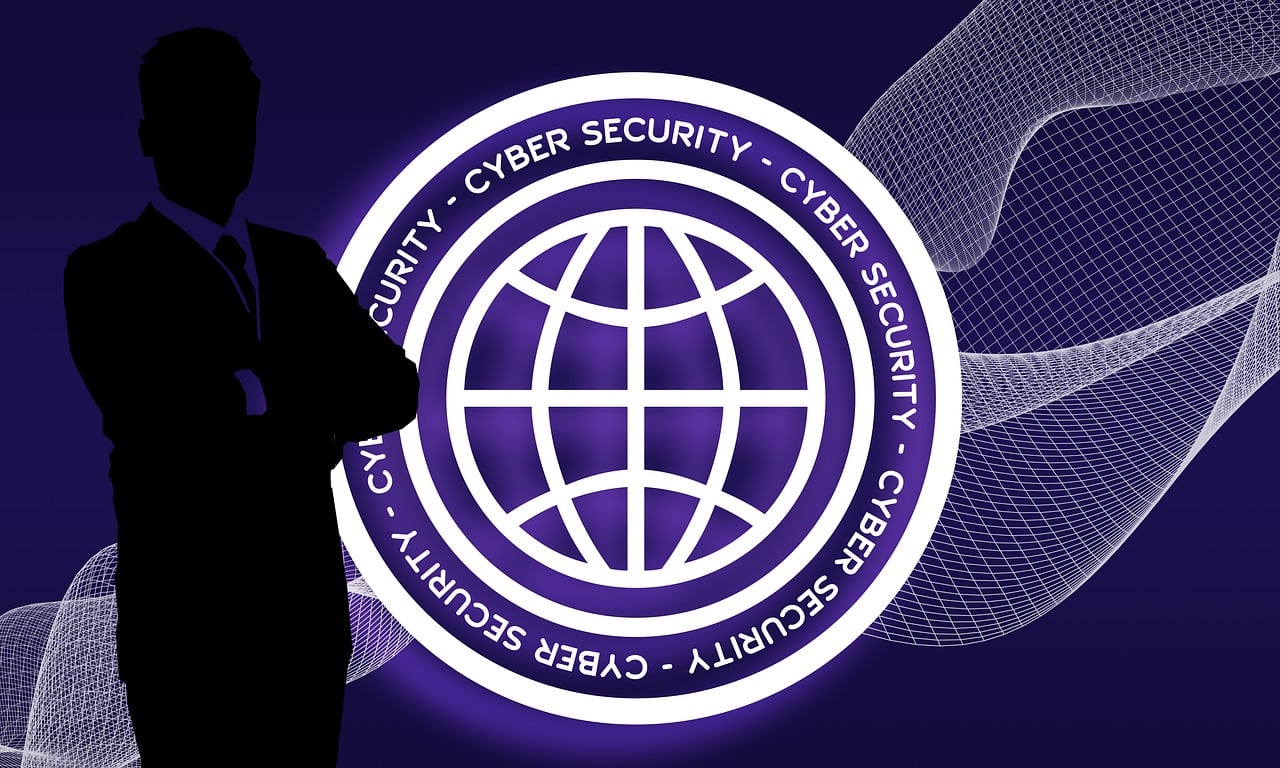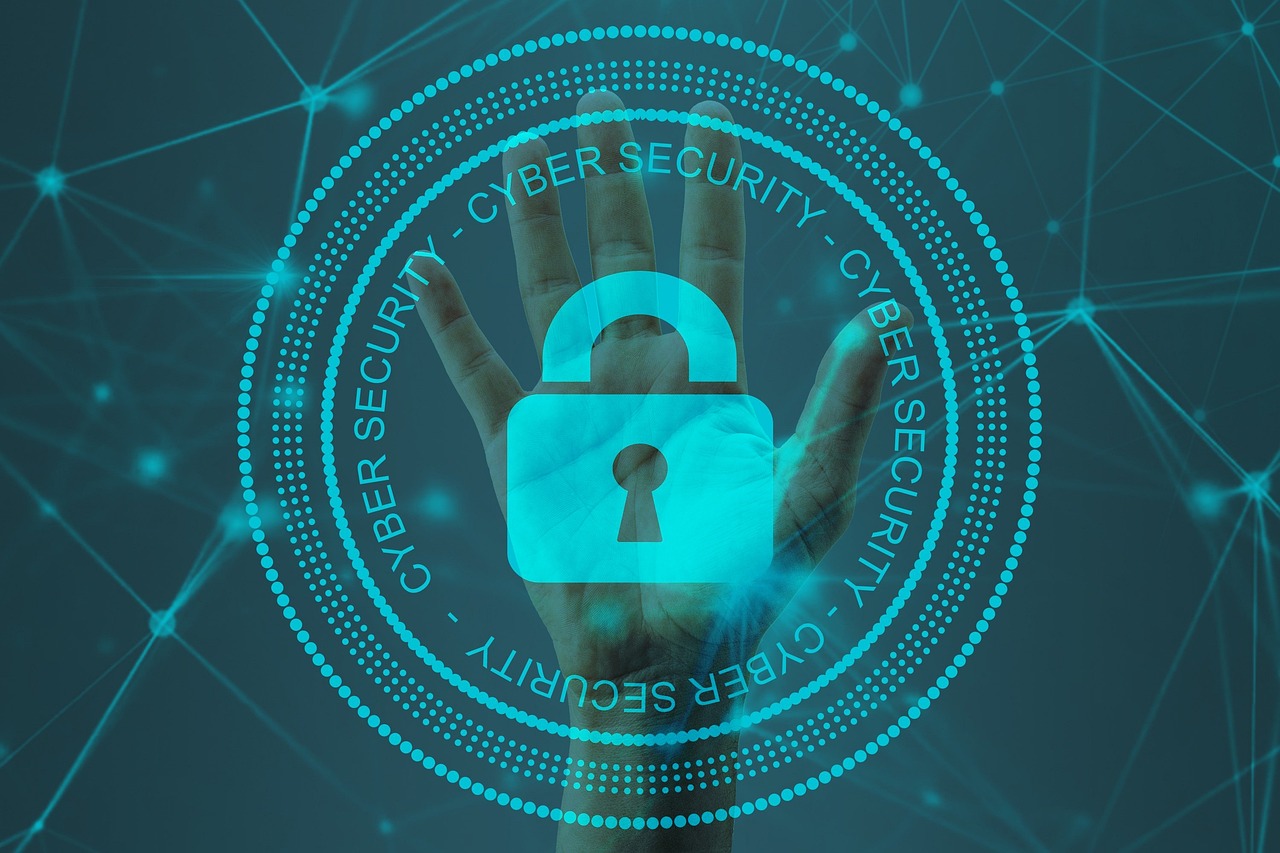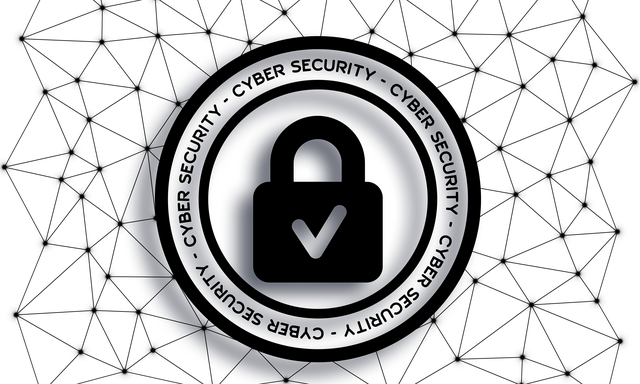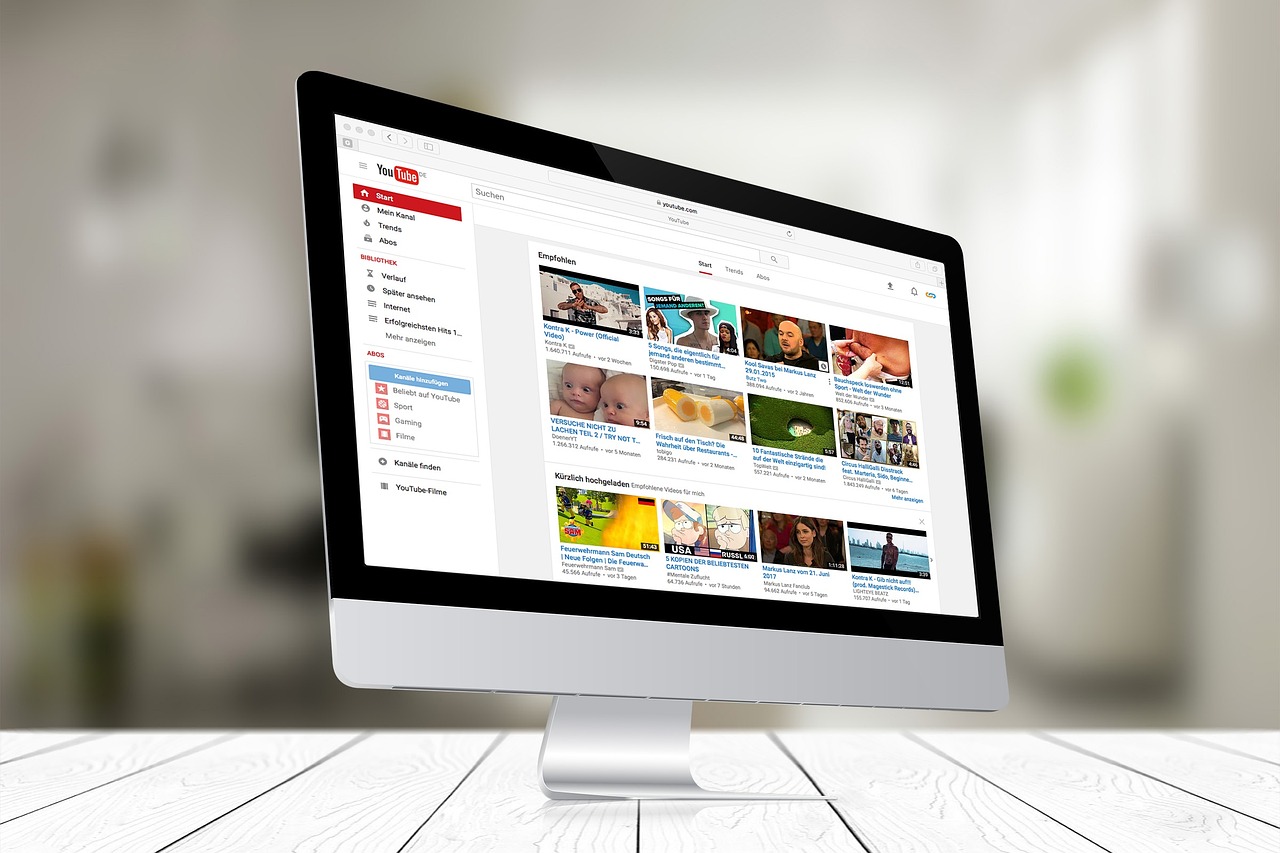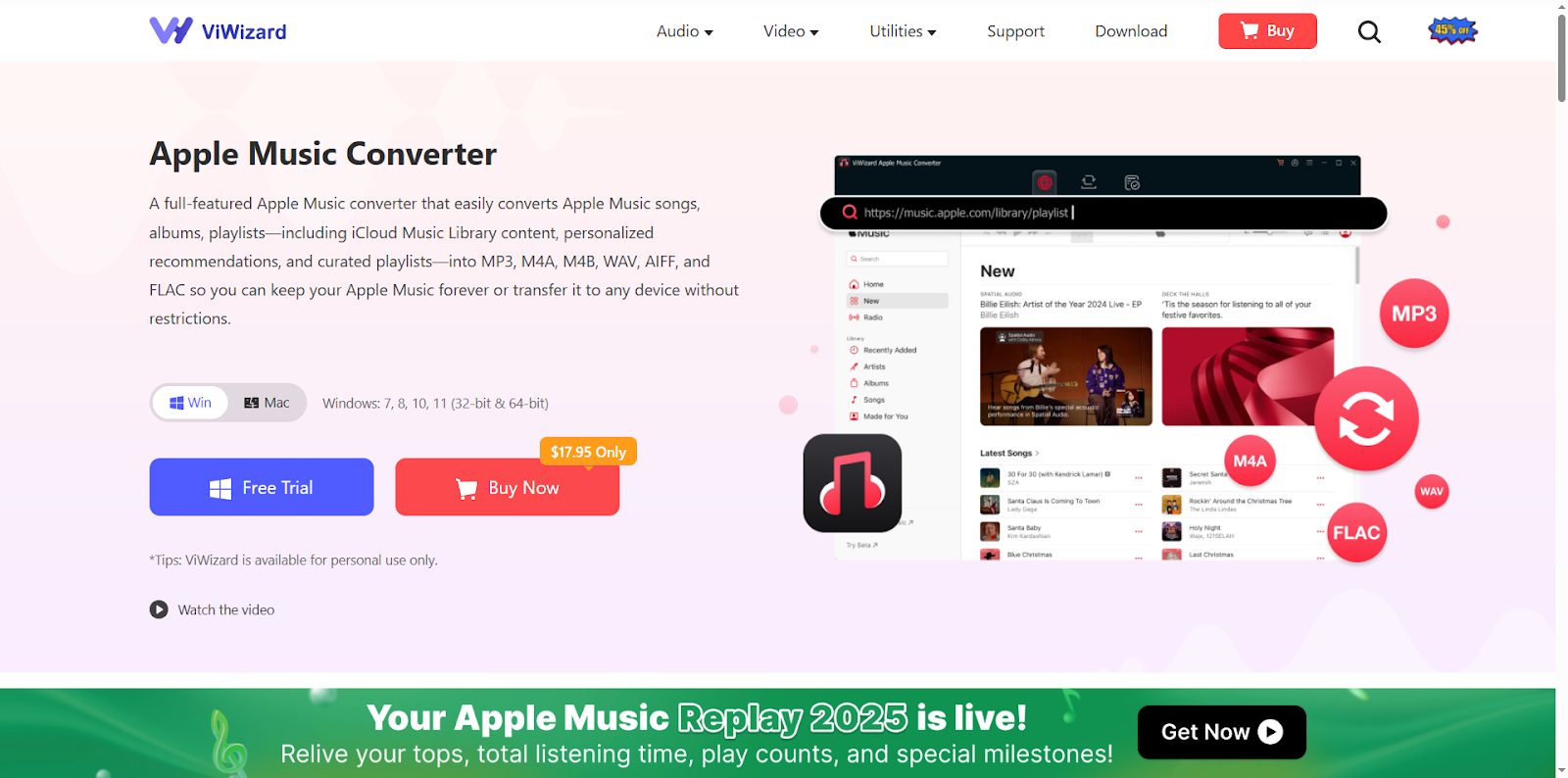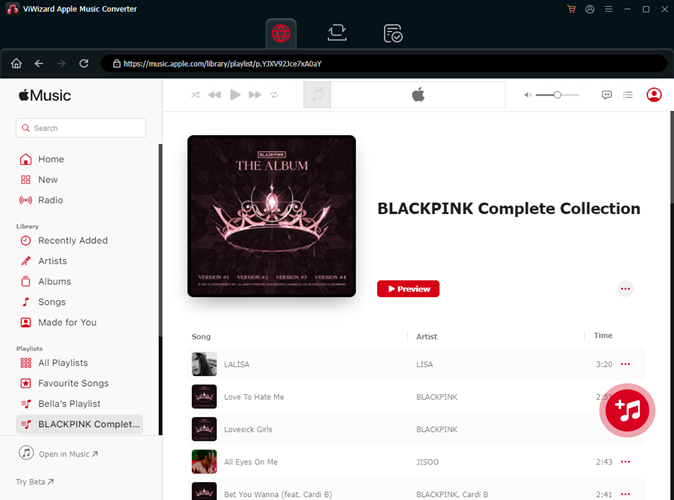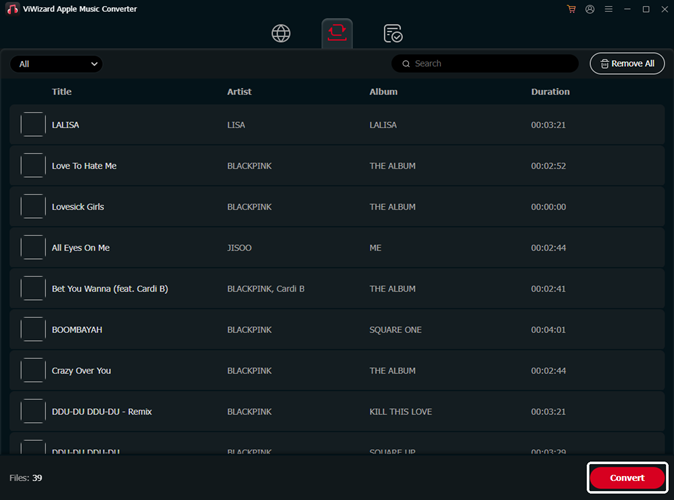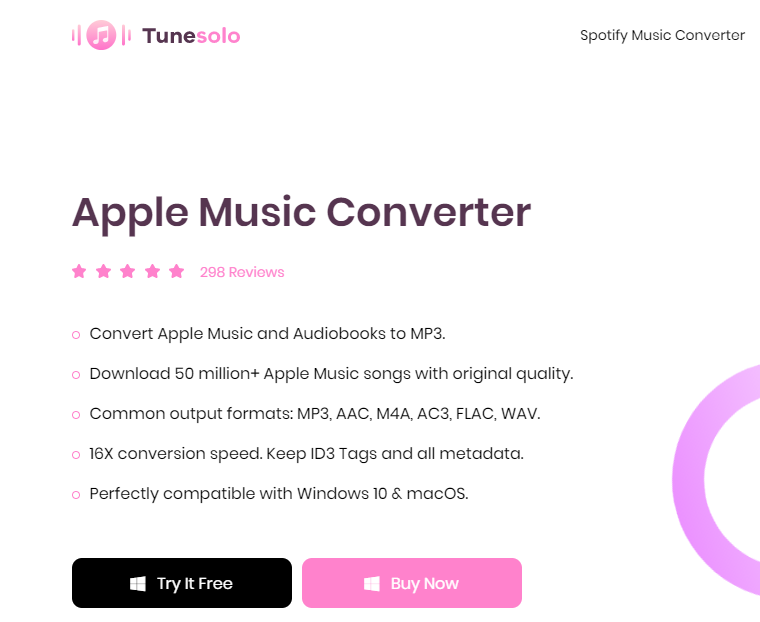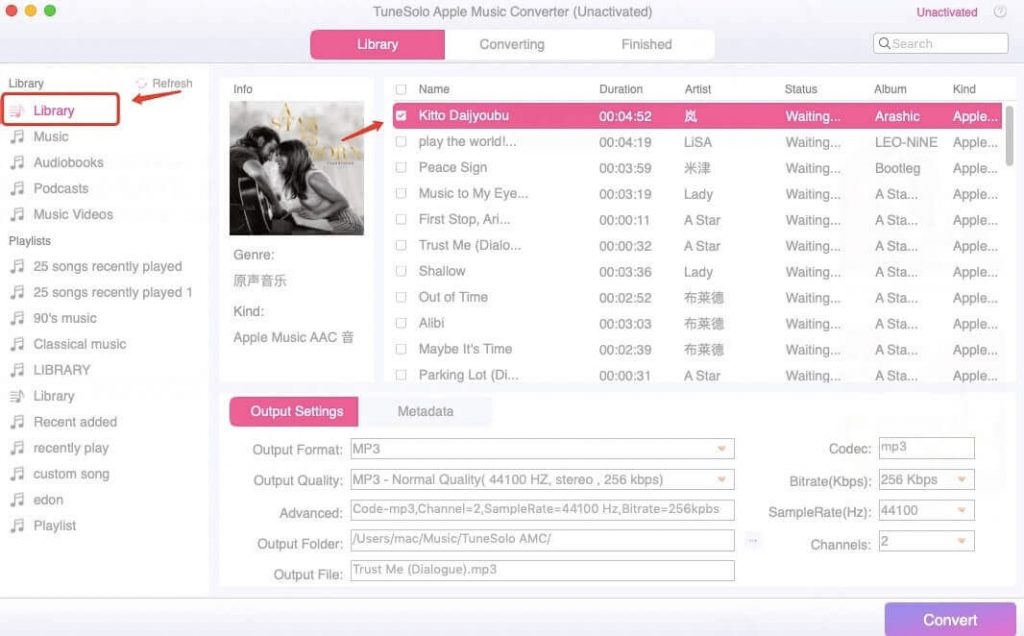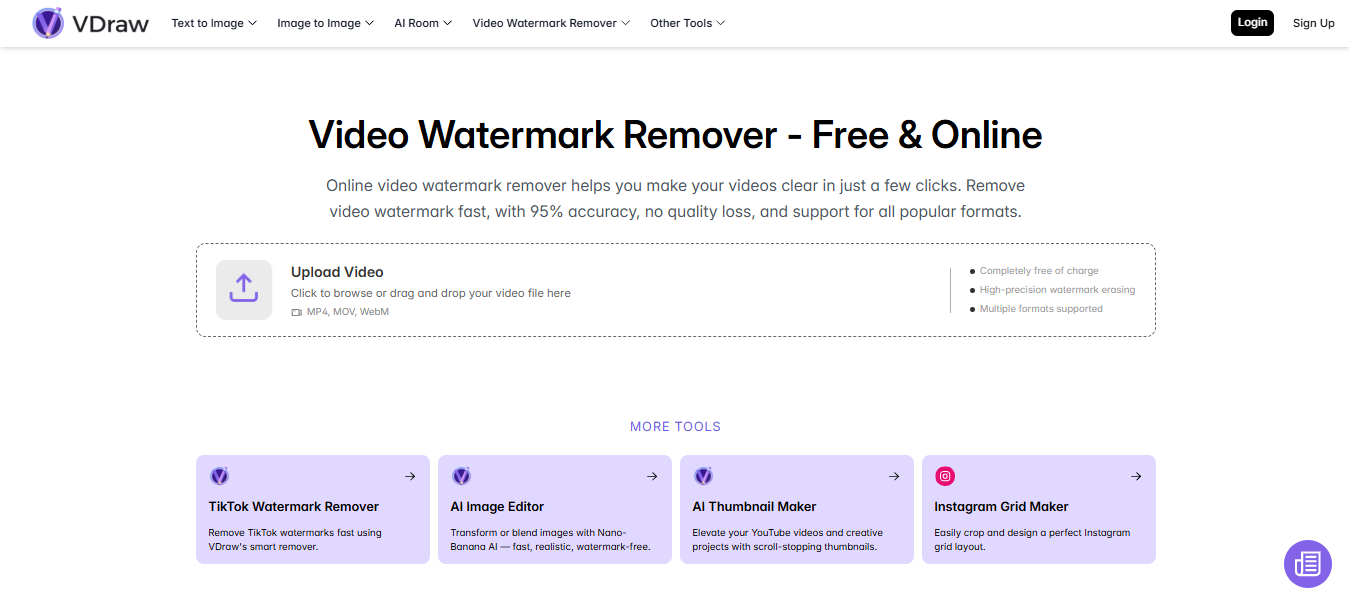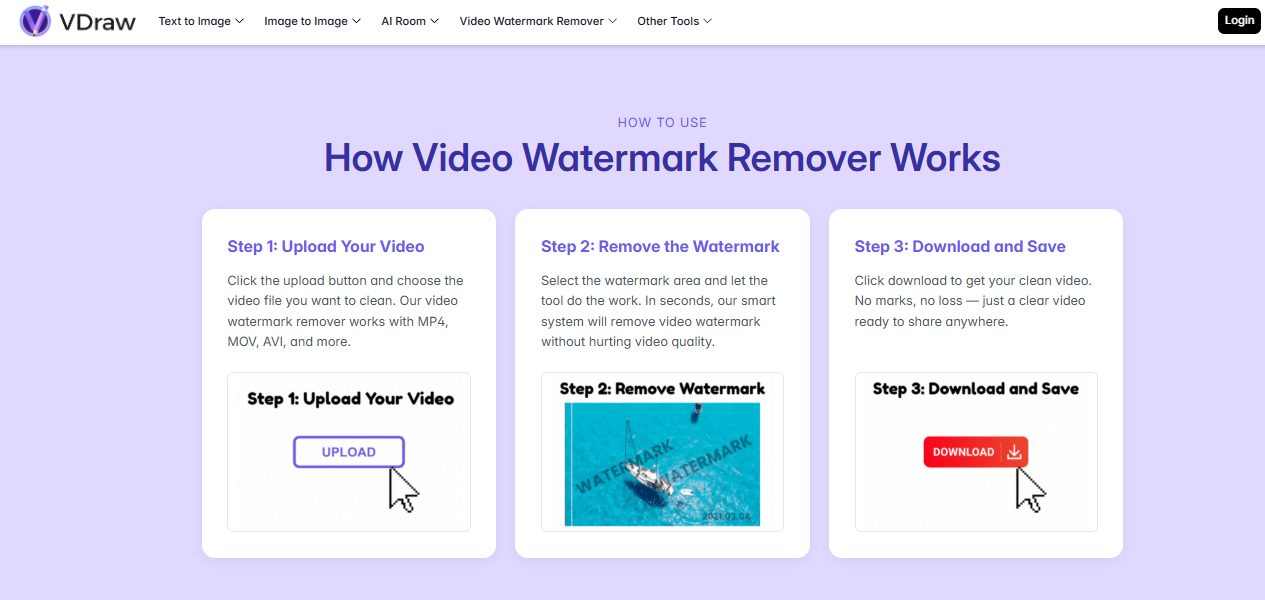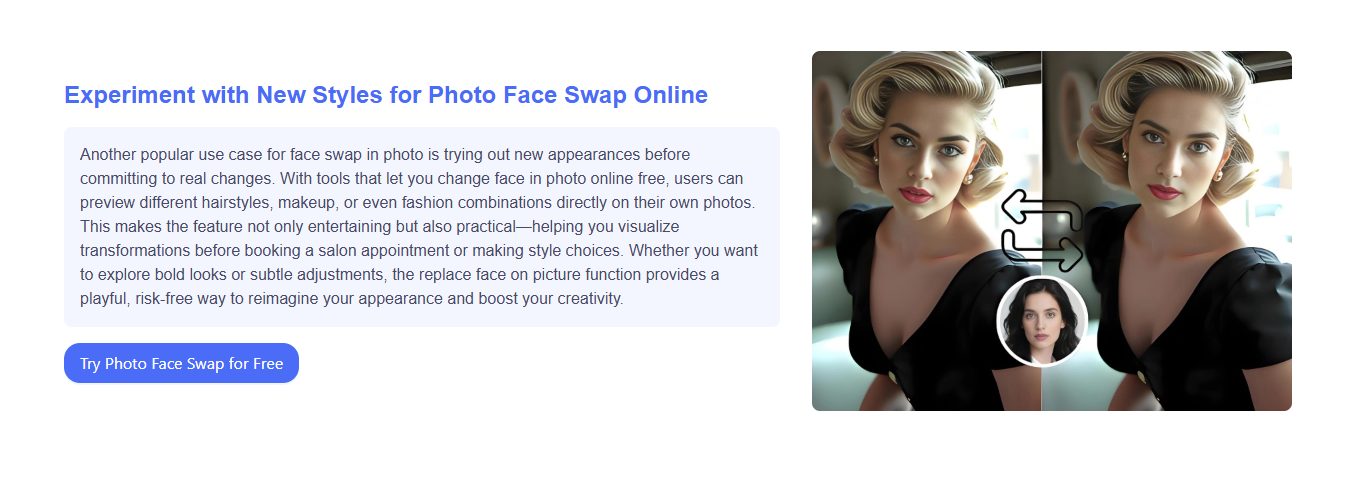Want to make cyber security plan for your small business? Read on!
Many small business owners underestimate the importance of implementing robust cybersecurity measures for their enterprises, often dismissing the notion of cyber threats as irrelevant to the scale of their operations. This mindset neglects the critical need for a comprehensive cybersecurity plan tailored to the unique vulnerabilities of small businesses.
Regardless of the size of your online business, prioritizing cybersecurity is paramount. Establishing a robust cybersecurity framework not only assures your customers that their data is secure but also shields your business from potential external attacks by cyber threats or criminals.
While managing your online business, it is imperative to recognize the significance of cybersecurity. The objective is to fortify your business with effective security measures, recognizing that it takes years to build a successful business but only a single day to see it crumble.
READ ALSO: Cyber Security Risks And Solutions In 2024
Below are the essential cyber security plan for small businesses.
Table of Contents
Cyber Security Plan for Small Business
1. Establish Priorities
Recognize that protecting every piece of information may not be feasible. Prioritize elements of your business that are most vulnerable or pose the highest threat in the event of an unexpected attack.
This includes safeguarding hardware, software, sensitive information, data, applications, Wi-Fi networks, company devices, and external storage.
If uncertain about priority areas, consider consulting with a cybersecurity expert to assist in determining the key focus areas.
2. Educate Employees
Acknowledge that cybersecurity is a shared responsibility. Educate all staff members about security protocols, threat identification, and prevention.
Establish and enforce policies, holding employees accountable for adhering to these security measures.
Regularly update employees on security protocols and restrict access to certain activities, such as software installations and management of sensitive passwords.
READ ALSO: The Role of Artificial Intelligence in Cybersecurity
3. Data Backup
Regularly backup essential data, including documents, spreadsheets, and human resource files. Choose between cloud or offsite storage based on your workflow.
Implement a consistent backup schedule, whether daily or weekly, to ensure data recovery in the aftermath of an attack.
4. Strong Password Policies
Enforce the use of strong, complex passwords for all accounts. Passwords should be long, include a combination of numbers, letters, symbols, and be changed periodically.
Utilize password management tools like Roboform to enhance password security.
5. Secure Email Practices
Prioritize the security of business emails, as they are susceptible to cybercrime.
Control access to emails based on authorization, implement encryption when necessary, and employ effective spam filtering and server lockdown measures.
READ ALSO: Email Security Guide
6. VPN Implementation
Incorporate a Virtual Private Network (VPN) for added protection when accessing the company’s private network remotely.
Utilize a reputable VPN service, such as Ivacy, PIA, PureVPN, CyberGhost, or Surfshark, to secure connections with encryption, firewall protection, and security policies.
7. Anti-Malware Software
Conduct regular scans on software and hardware to prevent sudden shutdowns or attacks.
Install reliable anti-malware software on all devices to identify and mitigate potential threats arising from phishing sites, links, or emails.
8. Regular Security Audits
Conduct routine security audits to assess the effectiveness of your cybersecurity measures.
Identify and address vulnerabilities, update security protocols, and stay informed about the latest cybersecurity threats and best practices.
9. Incident Response Plan
Develop a comprehensive incident response plan outlining the steps to be taken in the event of a cybersecurity incident.
Clearly define roles and responsibilities, establish communication protocols, and conduct regular drills to ensure a swift and coordinated response in the face of a security breach.
READ ALSO: 5 Cybersecurity Best Practices Everyone Should Know
10. Employee Awareness Training
Foster a culture of cybersecurity awareness among your employees.
Provide ongoing training sessions to keep them informed about evolving cyber threats, social engineering tactics, and best practices for maintaining a secure work environment.
11. Multi-Factor Authentication (MFA)
Implement multi-factor authentication across your systems and applications.
MFA adds an extra layer of security by requiring users to provide multiple forms of identification, such as a password and a unique code sent to their mobile device.
12. Network Security
Ensure the security of your network infrastructure by using firewalls, intrusion detection systems, and other network security tools.
Regularly update and patch network devices to address potential vulnerabilities and enhance overall network resilience.
13. Vendor Management
Assess the cybersecurity practices of third-party vendors and partners.
Ensure that any external entities with access to your business systems adhere to robust security standards to prevent potential vulnerabilities through external connections.
READ ALSO: Identity And Access Management Takes Up A Month Every IT Year
14. Mobile Device Security
Establish policies for securing mobile devices used for business purposes.
Require the use of passcodes, encryption, and remote-wiping capabilities to protect sensitive data in case a mobile device is lost or stolen.
15. Security Monitoring and Logging
Implement a system for real-time security monitoring and logging.
Regularly review logs and alerts to detect and respond to any suspicious activities or potential security breaches promptly.
16. Regular Software Updates
Keep all software, including operating systems and applications, up to date with the latest security patches.
Regularly update and patch software to address known vulnerabilities and protect against potential exploits.
17. Employee Exit Procedures
Develop clear procedures for revoking access to company systems and data when an employee leaves the organization.
Promptly deactivate accounts and collect company-owned devices to prevent unauthorized access.
READ ALSO: 9 Ways Technology Can Be Utilized to Streamline Workforce Management
18. Insurance Coverage
Consider cybersecurity insurance to mitigate the financial impact of a security incident.
Work with insurance providers to tailor coverage that aligns with the specific risks and needs of your business.
Essential Cyber Security Plan for Small Business: Frequently Asked Questions
How do I set up cyber security for my small business?
Setting up cybersecurity involves a multi-layered approach. Here’s a breakdown of the key steps:
- Conduct a Risk Assessment: Identify your business’s vulnerabilities and the data you need to protect. This helps prioritize your security efforts.
- Develop a Cybersecurity Policy: Create a written policy outlining acceptable use of technology, password requirements, and data security protocols for your employees.
- Implement Security Measures: This includes installing security software (antivirus, anti-malware, firewalls) on all devices, enabling strong passwords and MFA, and keeping software updated.
- Educate Employees: Train your employees on cybersecurity best practices, including phishing awareness, social engineering tactics, and secure browsing habits.
- Regular Backups: Regularly back up your data to a secure location in case of a cyberattack or hardware failure.
- Incident Response Plan: Develop a plan for how to respond to a cyberattack, including data breach notification procedures.
READ ALSO: How to Turn Incident Management Failures into Long-Term IT Wins
What should a cybersecurity plan include?
Your cybersecurity plan should address the following elements:
- Risk Assessment: A documented assessment of your vulnerabilities and the data at risk.
- Security Policies: Clear policies on password management, acceptable use of technology, data handling, and mobile device security.
- Access Controls: Limiting access to data and systems based on the principle of least privilege.
- Data Security Measures: Encryption of sensitive data, both at rest and in transit.
- Incident Response Plan: A documented plan for identifying, containing, and recovering from a cyberattack.
- Employee Training: Regular training programs to educate employees on cybersecurity best practices.
What are the essential elements of cyber security?
The essential elements of cybersecurity for small businesses include:
- Strong Passwords and MFA: Enforce strong, unique passwords and enable Multi-Factor Authentication for all accounts.
- Security Software: Install and maintain reputable antivirus, anti-malware, and firewall software on all devices.
- Software Updates: Keep operating systems, applications, and firmware updated with the latest security patches.
- Employee Awareness Training: Educate employees on cybersecurity threats and best practices to avoid phishing attacks and social engineering scams.
- Regular Backups: Implement a regular data backup schedule to a secure offsite location.
- Physical Security: Secure devices and access points (e.g., Wi-Fi) with passwords and restrict physical access to sensitive equipment.
How do you create a cybersecurity plan?
Here’s a simplified approach to creating a cybersecurity plan:
- Gather Information: Identify your business’s critical assets and data, and understand the potential cyber threats you face.
- Set Goals and Objectives: Define what you want to achieve with your cybersecurity plan.
- Develop Policies and Procedures: Create clear policies on password management, data handling, and acceptable use of technology.
- Implement Security Measures: Put the chosen security measures (software, access controls, etc.) into practice.
- Test and Monitor: Regularly test your defenses and monitor your systems for suspicious activity.
- Review and Update: Continuously review and update your plan as your business and the cyber threat landscape evolve.
What is a cyber incident response plan for a small business?
A cyber incident response plan outlines the steps your business will take in the event of a cyberattack. It should include procedures for:
- Identifying and containing the breach: Identifying the compromised systems and taking steps to prevent further damage.
- Data recovery: Restoring data from backups if necessary.
- Eradication: Removing any malware or unauthorized access points.
- Reporting: Notifying the appropriate authorities and stakeholders about the breach.
- Recovery: Restoring normal business operations and learning from the incident to improve future defenses.
Bottom Line
Implementing and maintaining a comprehensive cybersecurity plan is an ongoing process that requires vigilance and adaptability.
By incorporating these measures, small businesses can significantly enhance their resilience against cyber threats and safeguard their operations, reputation, and customer trust.
Let us know if your applied our cyber security plan for small business?
INTERESTING POSTS
- Web Security Guide: Keeping Your Website Safe
- How To Secure Your Computer Against Cyber Threats Like 007
- Six-Step Guide To Establish A Strong Digital Presence For Your Brand
- 4 Cybersecurity Best Practices To Prevent Cyber Attacks
- 4 Essential Cybersecurity Tips To Implement When Working Remotely
- 5 Elements To Include In A Comprehensive Cybersecurity Plan
- Top Benefits of IR-200 Incident Response Training for IT Professionals



